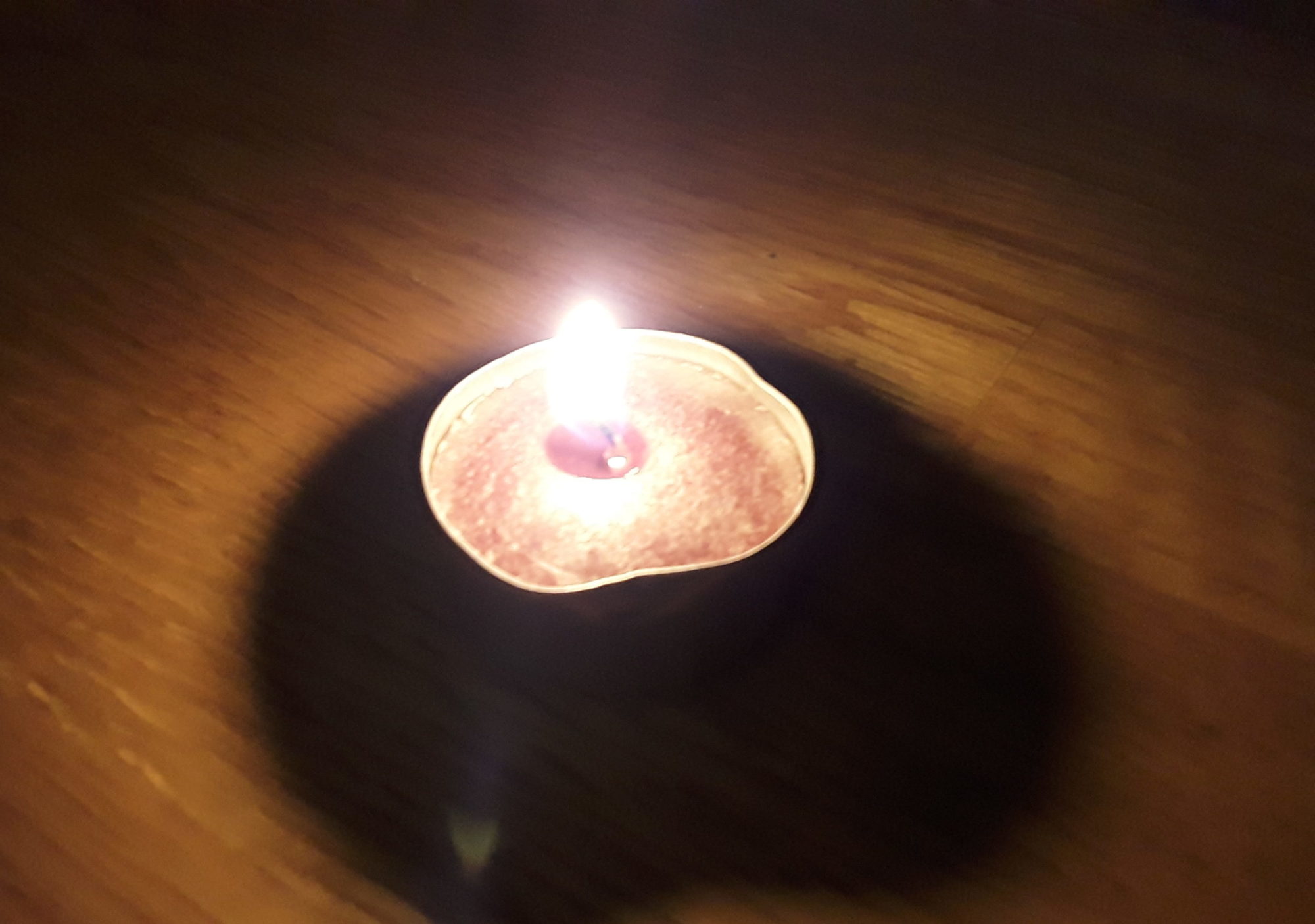“We light these lights for the miracles and the wonders, for the redemption and the battles that you made for our forefathers, in those days at this season, through your holy priests. During all eight days of Hanukkah these lights are sacred, and we are not permitted to make ordinary use of them except for to look at them in order to express thanks and praise to Your great Name for Your miracles, Your wonders and Your salvations.”
(Prayers for the Lights, translated from Hebrew)
At the outset I feel like I should make the note that I am not Jewish, but have been drawn to some aspects of Judaism, which has led me to study Judaism and Biblical Hebrew. I have contemplated various ways of discussing Hanukkah and my conclusion is to explore eight different aspects of the holiday, one for each night. The eight are: the menorah, latkes, dreidels, fried foods, the history (the Maccabees), Hanukkah in modern times, gelt and the green Hanukkah movement.
The Menorah is the candelabra with nine holders used to celebrate hanukkah. The fact that the menorah has nine holders, when Hanukkah is celebrated for eight nights, I used to find quite puzzling. There are nine holders (eight at one level, and the other at a different level). Usually, this is so that there is a lighter candle, from which to light the others (this can differ depending on the branch of Judaism). Thus, the first night two candles are lit: the one that is at a different level from the rest, from which the subsequent candles are lit. Thus light is brought into a season of darkness.
Latkes are typically fried cakes made from grated potatoes, which are consumed during Hanukkah. For those who may be considering making some type of latkes over the holiday season I would recommend this website: http://www.buzzfeed.com/rachelysanders/altkes?bffb#.qnmPLL8XY
At this time food staples are turned into something nurturing, and delicious.
The dreidel is a type of square wooden top that is used to play a game. The dreidel has four sides which are marked with Hebrew letters; nun, gimel, hey, and shin. Each players starts off with the same number of tokens, pennies, etc. and each takes a turn spinning the dreidel. A ‘nun’ means nothing and so play moves onto the next player, ‘gimel’ the player takes the whole pot, ‘hey’ the player takes half the pot, and for ‘shin’ the player puts one in the pot. Play continues until nothing remains in the pot. There are various versions of playing, but the type listed above tends to be the most common. The game comes from the Ashkenazi tradition, and brings fun and celebration, particularly for children.
I have already mentioned the making of latkes for Hanukkah, but it is also customary to eat any type of fried foods such as breads, donuts, pastries and a whole other host of treats. Hanukkah is after all a celebration, and what is a celebration without treats?
The history of Hanukkah dates back to the rededication of the temple after the Maccabean Revolt in 165 BCE, when the Maccabees regained the temple from the soldiers of Antiochus Epiphanes the Fourth. Upon reclamation of the temple it was discovered that there was only enough oil for one day, but the oil burned for eight days by which time more oil could be made and consecrated. A time of limited resources becomes a bounty of abundance.
Hanukkah, while celebrated in the Jewish community and in synagogues, did not become popular until the 1970s when Rabbi Menachem Mendel Schneerson, an Orthodox Rabbi encouraged the lighting of public Menorahs. The White House publicly lit it’s first Menorah in 1979 with then president Jimmy Carter on the White House lawn, a tradition that in a varied form continues today. Hanukkah, like many religious traditions, is about family and community.
Gelt, or money in the form of coins, were traditionally given by students to their teachers during hanukkah. However, during modern times the giving of gelt is often from friends and family to children. More popularly small chocolates covered in foil have been made to resemble gelt and are often given during Hanukkah instead of money. Small tokens symbolize ongoing prosperity.
Finally, something that peaked my interest is the more recent movement called Green Hanukkah. As part of Hanukkah celebrations focuses on oil for the lamps/candles, this movement considers our dependency on oil and fossil fuels and encourages action. One example by the The Shalom Center can be found at: https://theshalomcenter.org/node/1315
In the same way that traditions pass from generation to generation, so too does the Earth.
